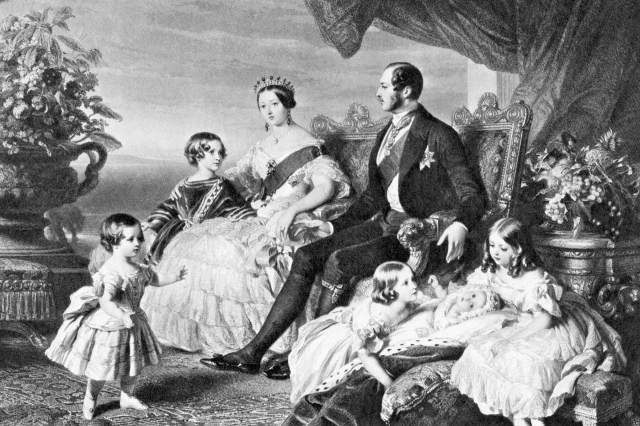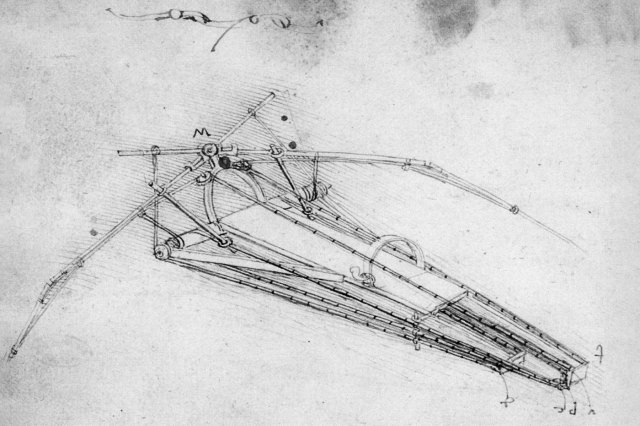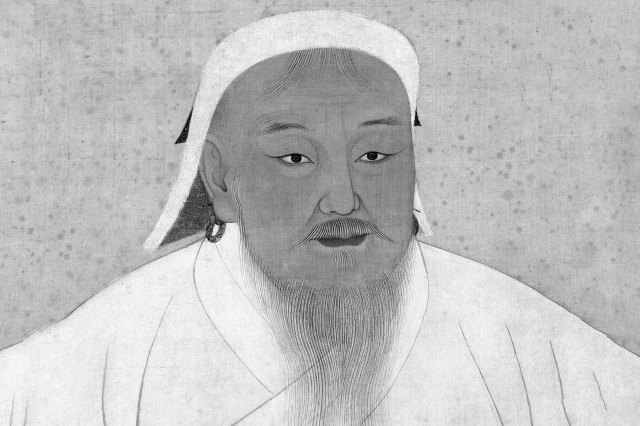Einstein’s brain was preserved for scientific study.
Albert Einstein was one of the most famous and influential physicists of the 20th century, and although he was widely revered in his life, he had complicated feelings about being the subject of such adulation. When Einstein died from a ruptured abdominal aneurysm at age 76 in 1955, he had already made it clear that he wished to be cremated so “people don’t come to worship at my bones.” Per his wishes, Einstein’s ashes were scattered by his family at a private spot along the Delaware River. But it wasn’t the entirety of the physicist’s body: Before cremation, his brain was removed and taken to be studied.
On the same day Einstein died, Thomas Harvey, a pathologist at New Jersey’s Princeton Hospital, conducted an autopsy, during which Harvey removed the scientist’s brain. Removing organs was common autopsy practice, as they were often kept by medical institutions for research. But Harvey decided to keep this one for himself. He claimed he wished only to conduct medical research on the genius’s brain, and promised Einstein’s family he would not use the organ for his own cultural cache. Over the next four decades, Harvey occasionally sent sections of the brain to other scientists to study, but most of it was stored in pieces in jars of formaldehyde at his home. While studies done on Einstein’s brain over the years did reveal differences from the average person’s, it ultimately remains unclear where his extraordinary intellect really came from. Today, samples of Einstein’s brain are kept at the National Museum of Health and Medicine in Washington, D.C., and the Mütter Museum in Philadelphia.















